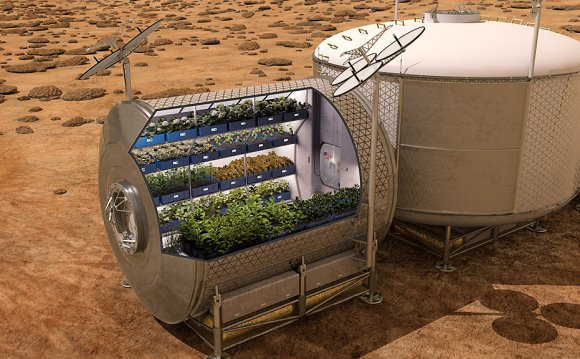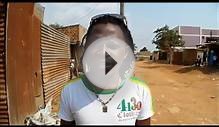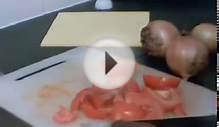|
What's so hard about eating in space?
The main problem with eating and drinking in space is that there is no gravity. If you let go of a piece of food in a space craft, it will drift around, not fall to the floor. Water won't stay in a cup, it will float out and hang in the air. Food crumbs and drops of water could float around the spacecraft, make a mess or even damage the the space craft itself.
The first space missions only lasted for a few minutes, so of course there was no need for the crews to eat, but as missions became longer, astronauts had to be fed.
Special ways of packaging and eating foods had to be invented for space meals. Scientists spend lots of time working on foods for space travel, to make sure astronauts stay fit, happy and healthy, so they can be at their best while they are in space.
|
|
|
The first space foods
The first meals eaten in space were soft, gloopy foods a lot like baby food, packed in tubes like toothpaste. The astronaut squeezed these meals into their mouths!
The first meal an American astronaut ate was apple-sauce. The first Russian astronauts, or cosmonauts as they are known, ate tubes of Borscht, which is a type of Russian vegetable soup. The tube shown here is a tube of Borscht. This early space food was not very good to eat, and astronauts didn't really enjoy it.
An American astronaut called Gus Grissom got into trouble after eating a corned beef sandwich that had been smuggled onto the Gemini 3 space craft. Gus's real name was Virgil, and the character Virgil Tracey, pilot of Thunderbird 2 in the tv series, was named after him!
|
|
Special foods for space travel
As missions became longer, and astronauts complained more about the quality of their food, scientists came up with a new way to provide tasty meals in space.
Freeze dried food was cooked, quickly frozen and then had the water sucked out of it in a vacuum chamber. This food would last ages, without being kept cool in a fridge, and was easy to package and store on board a spacecraft.
Of course there was no water in the food at all, and while some things, like fruit could just be eaten dry, other foods needed to be mixed with water to make them edible. To prepare their meals, astronauts squeezed water into the packet of food, with a water gun, and then ate the moist food after a few minutes.
|
|
Hot meals in space
The NASA Apollo missions, which took men to the moon, lasted several days, so the astronauts had the luxury of hot water to mix into their food to make hot meals! They were able to enjoy hot soup, chicken and rice, spaghetti, beef sandwiches, and even chocolate pudding!
In the 1970's NASA invented a special tray to warm up food, and fridges were added to space craft like the Skylab space station, to keep fresh fruit and vegetables.
By the time the Space Shuttle was flying in the 1980's astronauts were eating varied and complex meals, that looked much like food you would eat at home, including mashed potatoes, bread-pudding and jambalaya. Special scientists who know about nutrition make sure that astronauts always get all their vitamins and their five-a-day fruit and vegetables, even in space!
|
|
Great food - in space!
To make sure astronauts are happy while they are in space, especially if they are going to spend a long time in space, scientists invest a lot of effort in working out ways to make their favourite dishes suitable for zero gravity eating.
The International Space station (the ISS) has been home to astronauts of lots of nationalities, and sometimes they have brought foods from their home countries.
In 2008, Gregory Chamitoff brought Jewish bagels with him to the ISS. The picture here shows some Japanese dishes, with noodles in the packet on the right.
|
|







